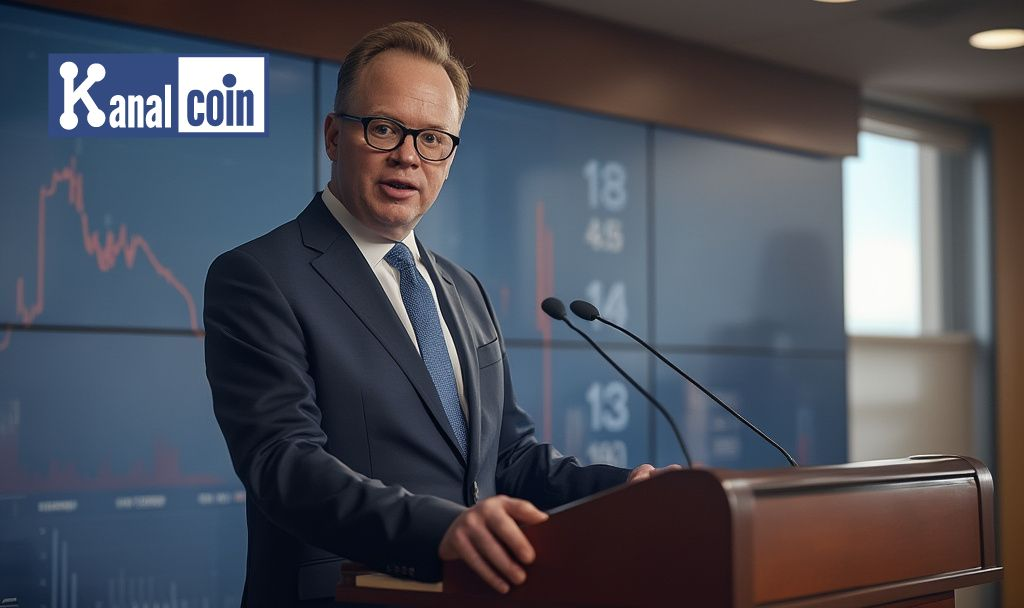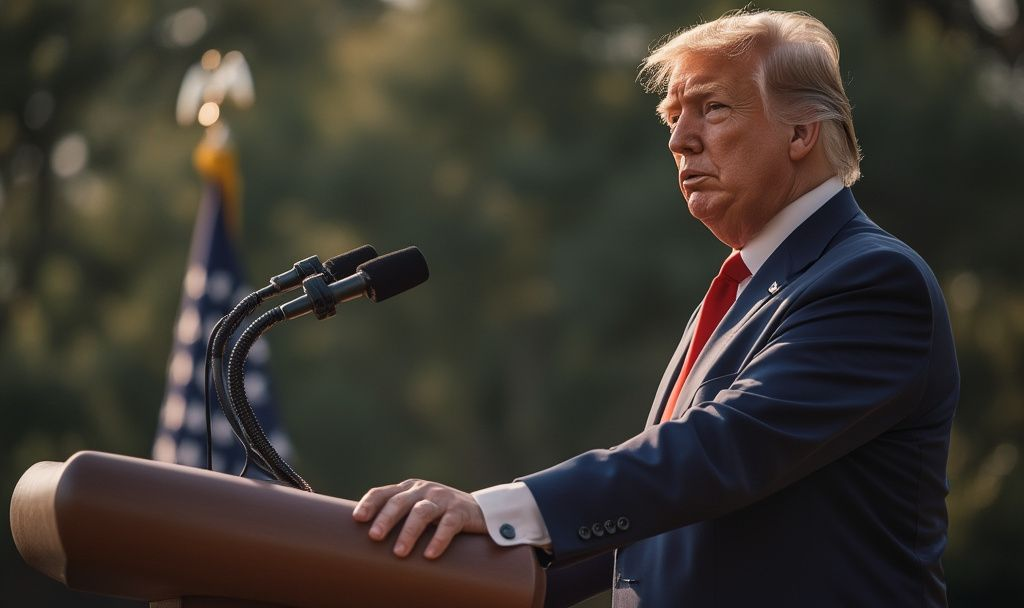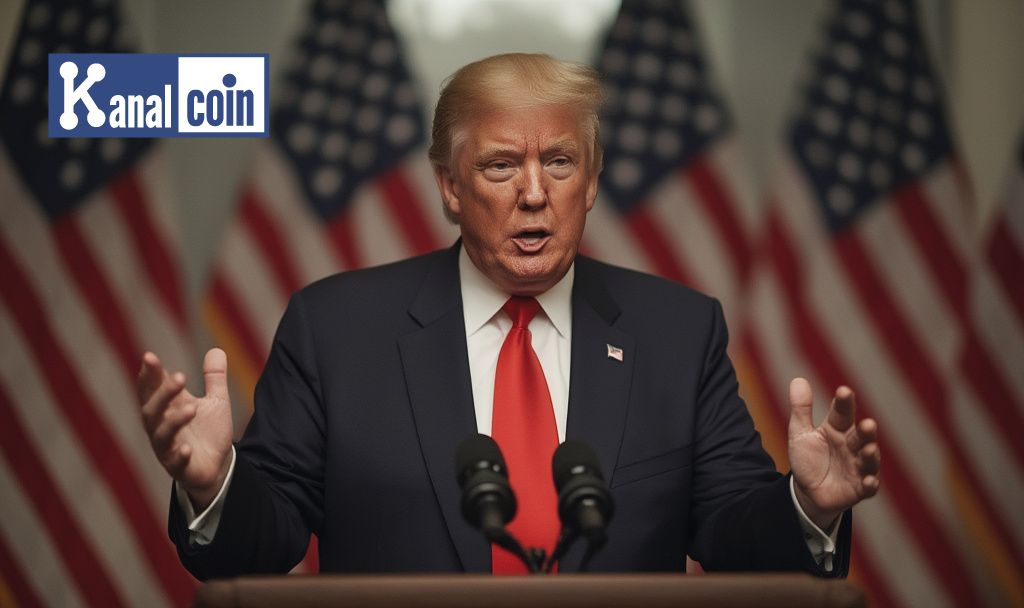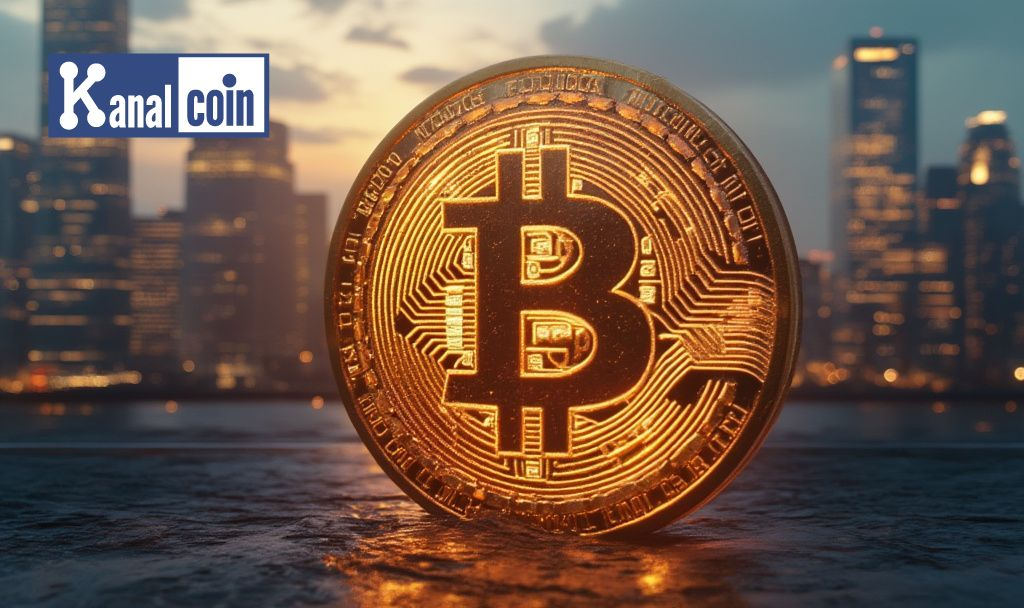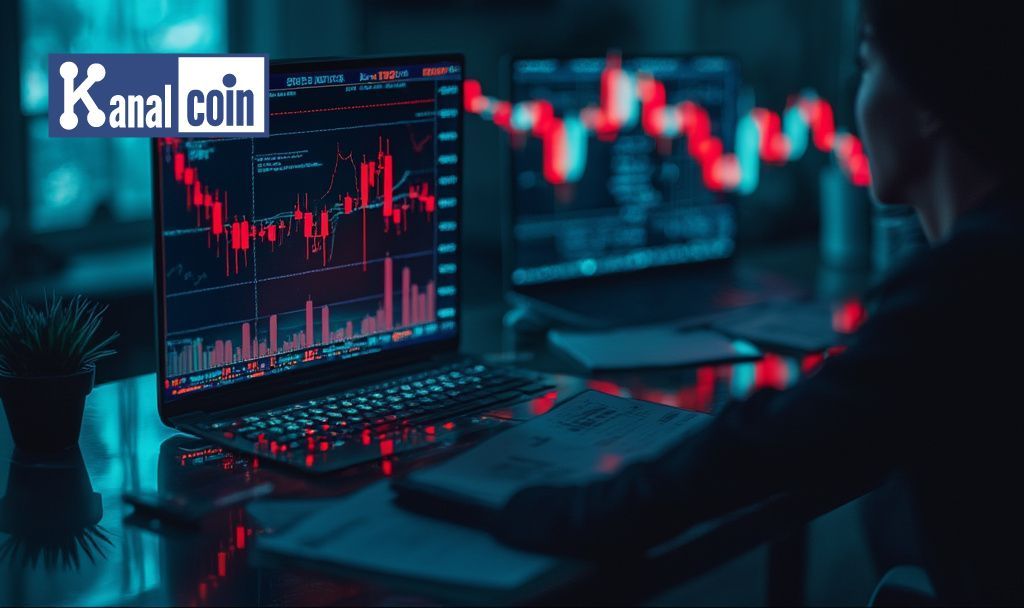
Gold prices surged to an all-time high on Monday as ongoing tariff concerns suppressed the dollar, with significant economic implications observed in major financial markets.
The rise in gold underscores investor anxiety over tariffs affecting global trade dynamics and weakening the dollar, prompting diverse market reactions.
Global Trade Tensions Spike Gold Prices
The surge in gold prices follows persistent economic concerns tied to global trade dynamics, as detailed in the historical gold prices data. As traders react, markets adjust to account for potential ripple effects on international commerce.
Global markets have witnessed substantial shifts with the dollar weakening under pressure. Key stakeholders, including major financial institutions, are closely monitoring unfolding events.
Investor Caution Drives Safe Haven Demand
Market participants express caution as the implications of trade tensions manifest. Investors seek safe havens, pushing gold to new records, reflecting underlying economic uncertainties. Market analysts at J.P. Morgan Research noted, “Increased tariffs, trade tensions, stronger inflation, budget deficit expansion, and increased risks to economic growth would continue to fuel gold buying as a debasement hedge.”
Economic experts highlight potential financial disruptions, with historical trends showing that trade conflicts often lead to volatility. Monitoring continues as data unfolds revealing impacts on global markets.
Tariff Disputes Echo Historical Gold Trends
Similar reactions occurred during previous trade disputes, where gold served as a stable investment. Major past events provide a framework to anticipate potential economic shifts.
Experts from Kanalcoin suggest that if trade tensions persist, the pattern may repeat, with gold prices likely rising further. Historical data assists in building these insights.



